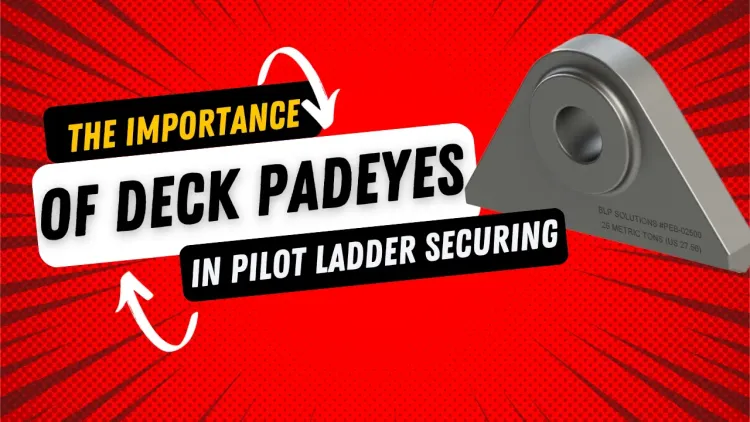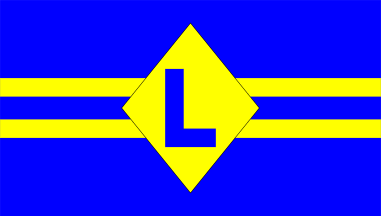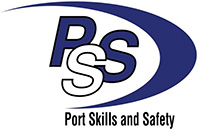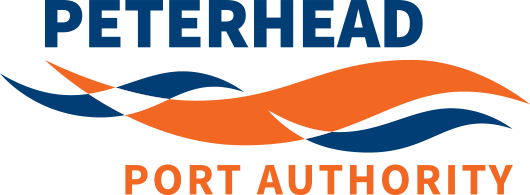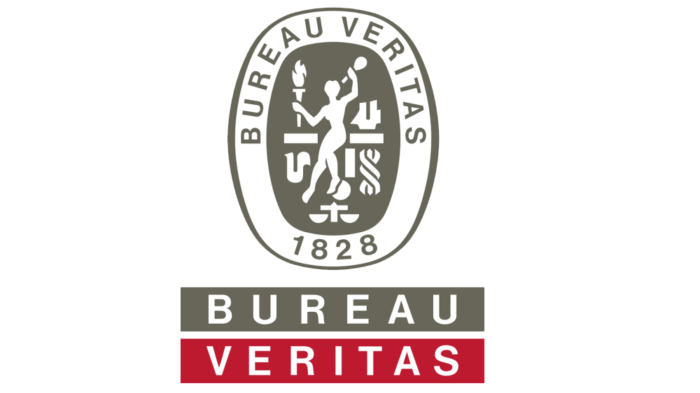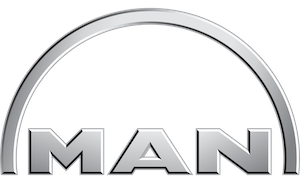The humble pad eye is the unsung hero of the maritime world. A modern ship will have hundreds if not thousands of pad eyes to assist with securing, stabilising and lifting operations on board. The pilot transfer access area is no different and should be fitted with pad eyes for the safe securing of the pilot ladder and manropes.

It is essential that every pad eye is designed appropriately for the task it is to be used for and that it is tested, certified and appropriately marked. These markings should be permanent (ie bead weld) and each individual or group of pad eyes should be marked. When marking a group of pad eyes a colour indicator system should be employed.
In designing a pad eye the task and therefore SWL of each fixing needs to be considered and the appropriate safety factor used in order to calculate the size of pad eye required.
| SWL | Safety Factor |
| Up to 5 tonnes | 2.0 |
| From 5 to 20 tonnes | 1.75 |
| Above 20 tonnes | 1.5 |
Upon installation the person who examines the pad eye should have sufficient qualifications within non-destructive testing and issue a certificate for each individual pad-eye.
Pad eyes with a SWL above 3 tonnes shall be examined by
a. load tests of all pad eyes and random NDT; or
b. NDT of all pad eyes and random load tests
When a load test is carried out on a ped eye up to 20 tonnes the load test shall be 1.25 x SWL
Load testing is carried out usually be means of a load testing jig
For pilot transfer purposes we recommend that all pad eyes are certified to 5t SWL. This will exceed the MBL of the side ropes and securing ropes (48kN) and prevent any confusion regarding the fittings suitability for the task.
This method also ensures that it does not matter if the crew accidentally use the man rope pad eye points to secure the ladder and vice versa.
All pad eyes for pilot ladders should be a minimum of 915mm from the deck edge to ensure a clear deck space and prevent the pilot from being able to grab any loose ropes as he comes onto the deck.
All ship pad eyes should be regularly inspected visually and re-tested every 5 years or less.
Following simple procedures, ensuring your deck pad eyes are appropriately marked and frequently inspected should form part of the regular inspection programme and coincide with the regular inspection of pilot ladders and associated equipment.

